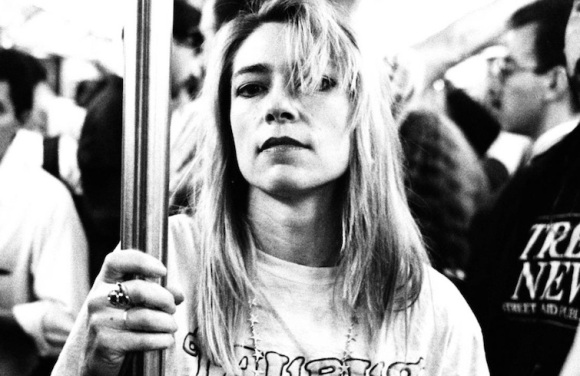
According to The College Board’s Annual Survey of Colleges, the average tuition, fees, room and board for a private nonprofit four-year school is a whopping $42,419 for the 2014-2015 school year, a 10% increase from 2009-2010. Assuming nothing changes in the next four years, a current college freshman will have to pay $169,676 on average for an undergraduate degree and no one seems to know why.
Those financially crippled by private higher education are slowly beginning to close their wallets and open their mouths.
The New York Times recently ran an article regarding tuition hikes asserting “a major factor driving increasing costs is the constant expansion of university administration. According to the Department of Education data, administrative positions at colleges and universities grew by 60 percent between 1993 and 2009, which Bloomberg reported was 10 times the rate of growth of tenured faculty positions.”
Columbia College Chicago is just one of many private liberal arts schools across the nation whose administration may be capitalizing off of their students’ loans. Next semester, tuition and class sizes will rise and courses, student jobs and scholarships will be cut as part of a newly implemented “strategic plan”.
On May 1st, while the president of Columbia College Chicago sat quietly in his office, students protested for a response to concerns about the strategic plan, demanding budget transparency. The president did not respond, the issues weren’t addressed, and the #saveColumbia coalition vowed to stage more protests and social media outcry until they are met with answers.
A former Student Government President tried their best to work with administration, but was met with difficulty after successfully capping annual tuition increases at 3.3%.
“There is a lack of communication and a lack of information on who to communicate to,” she said. “Our college’s president is seen as the guy who can solve all the problems when in reality he should be raising money and doesn’t necessarily have a lot to do with the day to day.”
Despite the questionable power of the president, students sat outside his office from 11am to 11pm, originally denied further access to food or water outside of what they had stashed in their backpacks. Eventually students were able to convince the guards to let their friends slip boxes of food and water bottles through a cracked door in the stairwell. Security threatened to call the police and press charges for trespassing, and protestors were promptly escorted out of the building at 11pm.
Afterwards, it was implied by administration that many students didn’t support the movement, although the stairwells and first floor of the building were filled with supporters. Funded by the college, the school’s journalists failed to report this.
The people nearly arrested were active students in their fields of study, not angst-driven half-adults. To afford tuition, one student had to sell her car and another works full time, picking up classes when he’s able.
Tori Torres, a former Musical Theatre student at Columbia College Chicago, is already $40,000 in debt after one year of enrollment, and she has to repeat a year since her credits won’t transfer.
“The college certainly made promises that they couldn’t keep about the quality of their programs. They made it seem much more prestigious than it actually is, and I never would have paid for such mediocrity. When I first heard of the high drop out rate, my professors assured me it was due to students not being passionate enough to stay. As it turns out, they’re the smart ones for escaping,” Torres explained.
Torres, like many others, are left wondering why their tuition is rising and drawing parallels toward the increasing administrative roles. This is not an issue of politics, but one of consumer rights. Students should be able to know exactly what they are paying for and spending records should be made public. Ingredients are listed on packaged foods so that the buyer is aware of what they are putting in their bodies, so why shouldn’t a similar measure by required for colleges? Consumers should be given access to the components of their education upfront and shouldn’t be shamed for demanding so.
“For starters, it would certainly be nice to be more in the loop per say when it comes to decision making, especially when those decisions are directly tied to our grossly inflated tuition dollars,” said Corey Cole, a senior Business and Entrepreneurship student. “We have a right to know exactly what we are paying for with regard to the school and its expenses.”











